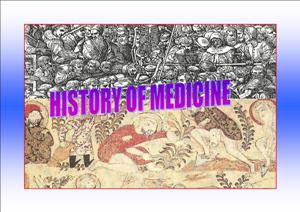Food packaging interactions: permeation
Interactions between packaging materials and food stuffs can effect food quality e.g. on flavor aspects. There are three main phenomena: migration, permeation and absorption.
Permeation is the process resulting from two basic mechanisms: diffusion of molecules across the package wall, and absorption/desorption from/into the internal/external atmospheres.
Permeation of gas and vapor, particularly of oxygen, water vapor and aroma components, is of considerable interest.
There are two processes by which gases and vapors may pass through packaging materials (such as polymeric materials):
*A pore effect, in which the gases and vapors flow through microscopic pores, pinholes and cracks in the materials
*A solubility-diffusion effect, in which the gases and vapors dissolve in the polymer at one surface, diffuse through the polymer by virtue of a concentration gradient and evaporate at the other surface of the polymer.
Particularly in combination with light, a high rate of oxygen permeation can cause oxidation. A high water vapor permeation results in physical or physicochemical alterations as wetting and drying and can promote microbiological spoilage.
Fresh fruits and vegetables are respiring and thus need packaging that allows permeation of oxygen in and carbon dioxide out at appropriate rates.
Food packaging interactions: permeation








